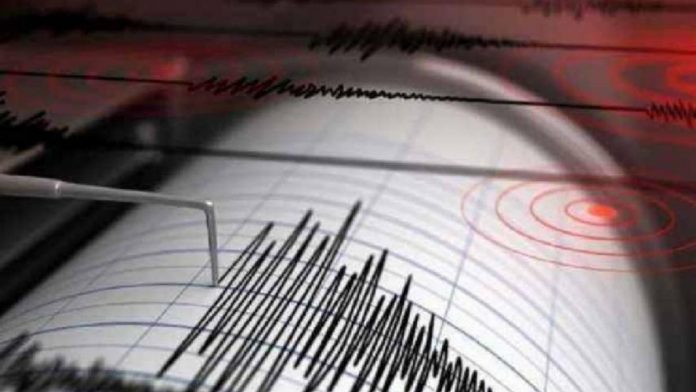Frequent earthquakes in Northeast
Frequent earthquakes: India has observed 127 miniature earthquakes in the first half of 2020. From the far east of Arunachal Pradesh to the far north of Kashmir Valley, the south to national capital Delhi itself, minute tremors have become a daily event.
In India, there are 5 earthquake prone zones among them Zone 5 covers the areas with the highest risks zone that suffers earthquakes of intensity MSK IX or greater areas covered by these zones are, The region of Kashmir, the Western and Central Himalayas, North and Middle Bihar, the North-East Indian region, the Rann of Kutch and the Andaman and Nicobar group of islands fall in this zone.
Impact of earthquake is worse for northern and north-eastern regions being part of Himalayan region. Generally, the areas have trap rock or basaltic rock.
Recent earthquakes:
- An earthquake of 5.3 magnitude hit 24 km from North Vanlaiphai, Mizoram on Friday, July 17, 2020.
· 4.6 magnitude earthquake 26 km from North Vanlaiphai, Mizoram, India on Thursday, July 9, 2020, 2:28 PM
· 4.8 magnitude earthquake 30 km from North Vanlaiphai, Mizoram, India on Sunday, July 5, 2020, 5:26 PM
- 1 magnitudes hit the northeast region of India at around 4.16 pm on Sunday (June 21, 2020) with Mizoram’s Aizawl district as the epicenter. The National Center for Seismology (NCS) confirmed the epicenter was 25 km east northeast (ENE) of Aizawl in Mizoram.
Reasons for so many earthquakes?
The primary cause for an earthquake is the movement of rocks under the earth’s surface. The movement is usually caused by the continuous movement of plates that make up Earth’s crust. This movement exerts stress on rocks, causing the latter to respond by breaking along existing fractures called fault lines. The sudden release of energy during such breakup causes the tremors.
According to experts, north east’s geographical location makes it prone to frequent earthquakes, as it lies in the Himalayan foothills.
Scientific studies have showed that the Indian plates are continuously driving towards the Eurasian plates at a rate of 5-6 cm per year. About 55 million years ago, when the Indian plates crashed into the Eurasian plate, the force of the collision was so strong that it led to the upward folding of the crust. As a result of this collision, the Himalayan ranges were formed.
Experts have stated that since the formation of the Himalayas, a large part of the crust under the mountain ranges has remained deformed. These rocks remain stressed and folded due to the continuous movement of the Indian plates under the mountain. And when the piled-up stress gets released, it produces minor frequency earthquakes in and around the north-east.
ALOS READ: Earthquake of 5.1 magnitude hits Manipur, tremors felt in northeast region


